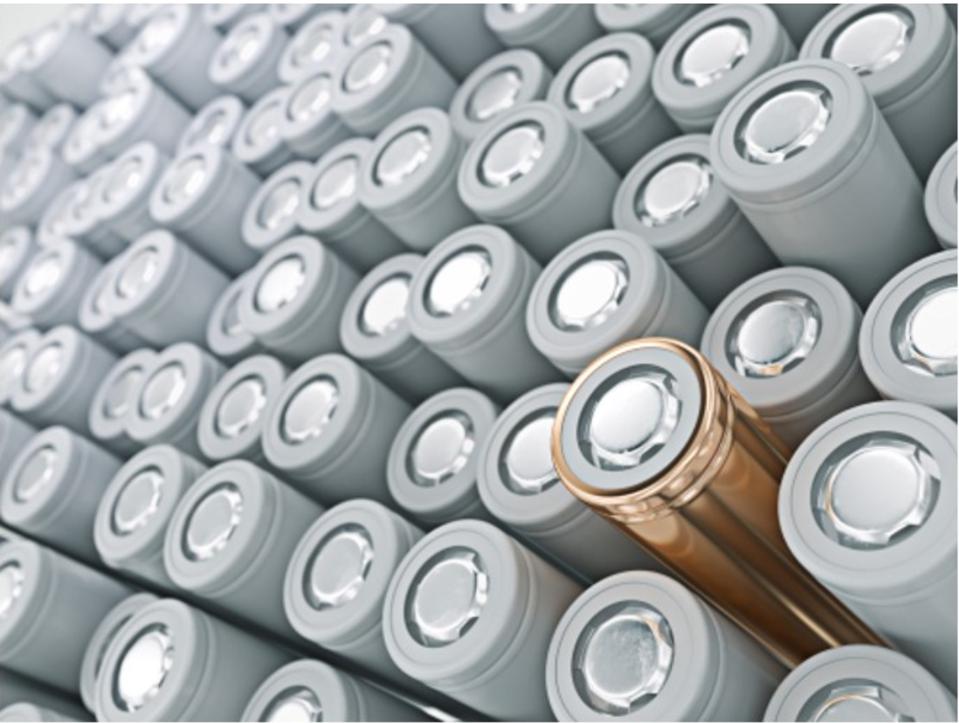If battery charging times have been what has been putting you off going electric, you may be changing your mind soon. The Graphene Manufacturing Group (GMG) based in Brisbane has created a battery that they claim charges 60 times faster than lithium ion batteries!
The new battery even adds the benefit of not generating heat during charging and discharging, easy recycling, causing less harm to the environment during its production, using easy to source raw materials and lasting longer.
GMG is using aluminium-ion created by the University of Queensland in Australia. It contains aluminum atoms inserted in tiny holes in plates of graphene, using nanotechnology.
GMG’s new battery not only charges fast but it also stores triple the energy that lithium-ion batteries can contain. It is safer as it is at no real risk of exploding. This is due to the fact that it has not amperage limit that could lead to spontaneous overheating.

Other companies are also working on graphene based batteries but GMG believes its own version is the best. The CEO, Craig Nicol claims “Its recharge is so fast that it practically makes it a supercapacitor. It charges a cell from a coil in less than 10 seconds…so far, there has been no temperature problem. [About] 20% of a lithium-ion battery pack (in a car) is related to cooling them. There is a good chance that cooling or heating is not necessary [with the new model”.
Other benefits of the new battery includes an easy production method. It is very similar to the process used to make lithium-ion batteries packs as the same cases can be used.
Production costs of the battery is expected to be lower than for lithium-ion batteries by a large margin. It requires simplified logistics as the battery could be made from materials all sourced in Australia, for example. Aluminium is abundant in the Down Under. In contrast, lithium-ion production requires significantly more investments as 90% of the materials come from China while the remaining 10% comes from Chile.
For electric vehicle makers, the lack of cooling requirements means a simplified power pack design.
Beyond electric vehicles, GMG battery has potential applications in household electronic items such as phones, watches and laptops. The company plans to introduce it to the market in 2021 by itself, although it will also consider licensing the tech to other battery makers. Car makers will have to wait till early 2024 for the version they can use.